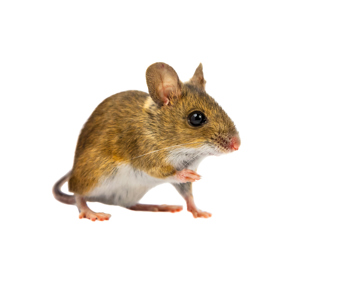 Evidence of mice
Evidence of mice
Black staining caused by fur rubbing on surfaces, droppings and gnaw marks.
Prevention
Empty bins regularly, clear up spills immediately and seal cracks and holes around pipes and electrics.
Treatment
If you have seen evidence of mice inside your home or communal areas, please contact us. Please note, it is your responsibility to keep your home clean, in good condition and free of rubbish that could attract pests. If you fail to do this we could recharge you for dealing with pests in your home. Note that if you are a homeowner, we will only treat pests inside your home if the source of the infestation is from the communal areas – in other cases you are responsible for controlling pests within your own home.
More about mice
House mice can squeeze through very small openings and live and breed under floors, in cavity walls, ceiling voids and behind skirting boards. They can damage homes by gnawing, for example if mice chew through wiring there is a risk of fire or electrocution. Mice can contaminate food and surfaces by leaving urine, droppings and hair. They can also carry infectious diseases, so it is important to treat infestations as soon as possible.
House Mouse
House mice thrive in the home, particularly in dirty or unhygienic areas. They are usually light or dark grey and adults can be 7 to 9cm long (not including the tail).
Wood Mouse
Wood mice live in hedgerows, river banks and woods but may enter buildings in rural areas during the autumn. Orange-brown and white underneath, adults are 8 to 13cm long (not including the tail).
